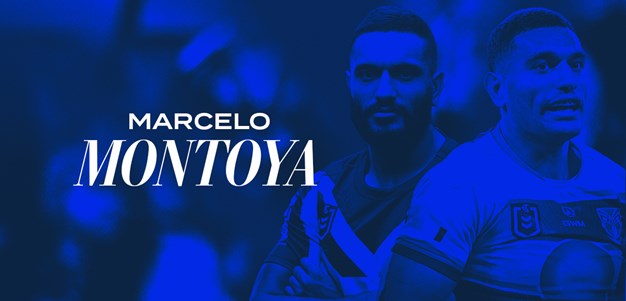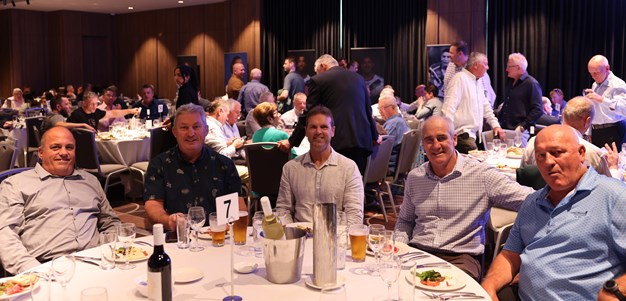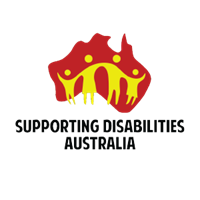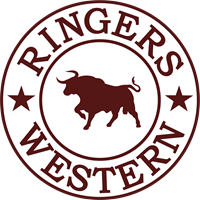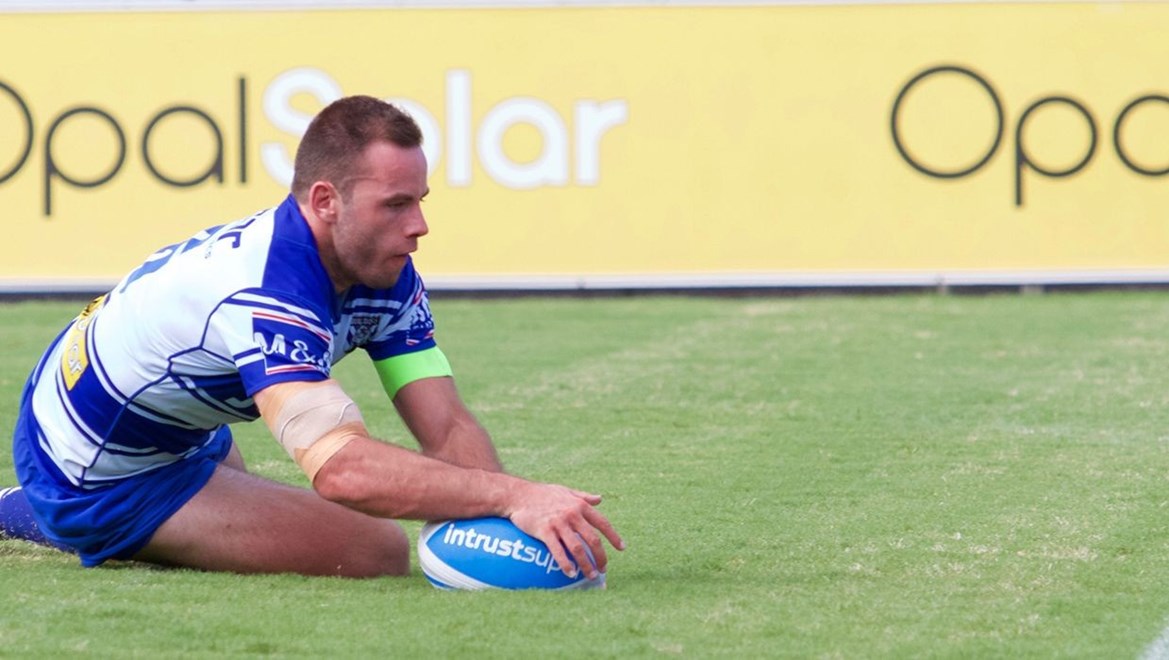

NRL Head of Football Brian Canavan has announced a restructure of lower-tier rugby league competitions in New South Wales and Queensland as part of a new pathway program for elite NRL players.
Under the new structure, each competition will be expanded and decentralised to comprise up to 16 second-tier clubs.
One of the biggest changes will see the current model of the Holden Cup scrapped at the end of the 2017 season with two new state-based under-20s competitions introduced from 2018 onwards.
It was deemed the NYC was not the most appropriate pathway for young players, and instead of it functioning as the next level down from the NRL it has been moved to third-tier status.
Instead, there will be a greater focus on the existing NSW Intrust Super Premiership and Queensland Intrust Super Cup, with those state-based clubs – as well as their NRL affiliates – playing a greater role in the development of the under-20s.
The current State Cup model will stay in place in 2018 with the 12-team ISP and 14-team ISC competitions set to last 24 rounds, with the winner from each state meeting on NRL Grand Final day.
"The State Cup clubs play a tremendous role in developing players, so we need to provide the State Cup clubs with better resources. We will be up-skilling those clubs so that they can cater better for the players in their ranks," Canavan said.
"If we can have a consistent competition structure across both states feeding into the NRL competition, we have a better pathway.
"If we have up-skilled and expanded State Cup clubs across both states, the players can stay at home rather than have to be relocated to NRL clubs, which has got numerous problems associated with it.
"What we'd like to do is have players developed at home and then when they are ready and on the pathway, they can then be brought into an NRL system. It allows for the late maturer as well."
The competition restructure will see the state youth cups reduced from 24 rounds to 20, with players afforded a four-week break to spend time with their families or focus on their studies.
"The 20-round season length allows for a pause mid-year for four weeks," Canavan said.
"As we know, under-20s players are 18-19 years of age, some are still at school, some are in tertiary courses, and that's exam period.
"Advanced players who are ready to step up into second tier will obviously have the NSW and QLD competitions at their disposal [if they want to continue playing during the break period].
"If they're not advanced and they're heading into exam period, for example, they don't have to play. They virtually have a few weeks away from the game, although they may well train, but that would be up to the clubs to make that decision."
Canavan confirmed there were discussions to introduce proposed implementations in 2022, but said those talks were ongoing.
Under the proposed changes, both state competitions would be increased to 16 teams, with Pacific nations and regional towns the likely areas for expansion.
Canavan said the new model would encourage clubs to develop junior players from their affiliated State Cup teams, rather than poaching talent from other areas.
One of the key areas he'd like to see protected is New Zealand, who would be greatly benefited by a proposed restructure of their under-16s and 18s competitions.
"There has been a player exodus in recent years with players coming across to Australia, but it's having a detrimental effect on player development in NZ," Canavan said.
"The states will continue to operate their traditional junior competitions and state-based under-20s competitions, but players from New Zealand and country regions will be able to stay in the game without having to leave home.
"We believe this is the best way to expand the game in the short term, and create a sustainable competition for the long term."
This article first appeared on NRL.com

